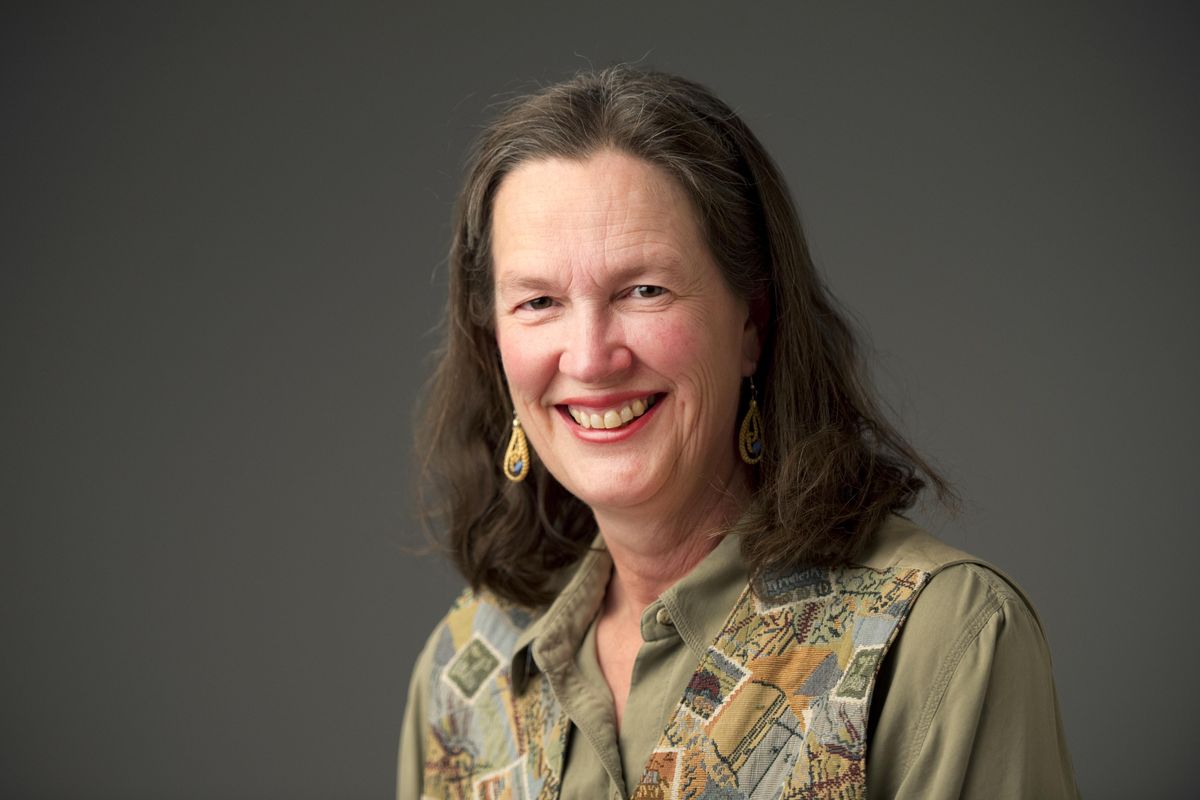Sue Lani Madsen: Great Plains wildfires are important reminder for Eastern Washington

Wildfire isn’t just a rural hazard. The city of Spokane has an active urban forestry program, and in a hot, dry summer it’s all potential fuel. Add an ignition source and heavy wind, and you have trouble.
In the late 1960s, an urban forest fire started on the slopes below where the Rocket Market now operates at 43rd Avenue and Scott Street. My childhood friend Shelley and I watched as wildland firefighters from the Department of Natural Resources worked on mop-up. I was eager to get in on the action. Pick me, pick me!
Maybe the DNR crew figured it was easier to let us help than expending their energy chasing us off. We happily hauled hoses around shrubs and up the hill. It must have stuck with us. Both Shelley and I later became volunteer firefighters.
Nearly a million acres of blackened prairie and pasture across the Great Plains has pushed thoughts of the 2017 fire season onto my front burner. The fires across Kansas, Oklahoma and the Texas Panhandle are in cattle country, and thousands of animals have died or been too badly burned to be saved. Seven people have lost their lives to these racing range fires, most while trying to move livestock to safety.
Our rolling hills of the Palouse are a rumpled patchwork quilt of rangeland, cropland and groves of timber compared to the flat open space of the Great Plains. The hazard is the same. I look out at our barns and cringe. In a summer following record-breaking moisture, it could be us facing massive wildfire.
We usually associate wildfire with ponderosa pine, Smokey Bear and “Only you can prevent forest fires.” Washington’s Fire Adapted Communities Learning Network and the Firewise program are key to protecting homes in forested wildland-urban interface areas, as highlighted in a recent article on preparations in the Four Mound community.
Preparation works. Kittitas County suffered major damage from the 2012 Taylor Bridge Fire, then launched major preparedness initiatives. Part of its solution was adopting a Wildland-Urban Interface Code spelling out fire-resistant design standards. Property owners don’t have to wait for a code to do the right thing. We know what works – fire breaks, fire-resistant materials and good access.
We’ve put less effort into planning for the type of open range fires that have threatened entire towns in Kansas and could threaten the small towns of the Palouse. Whether it’s standing grain or native prairie, the edge of each town and ranch complex is a wildland-urban interface. Fire moves twice as fast through fine fuels as through a forest, and there is less time to react.
Whether you believe human-caused climate change is making things worse or you monitor climate models with skepticism, what matters is being ready and resilient. There was a time when city firefighters didn’t train for forest fires. But the Spokane Fire Department now recognizes the wildland-urban interface hazard inside the city limits and has trained and equipped for it.
The DNR is actively recruiting firefighters for the 2017 fire season. There’s no upper limit as long you can meet the fitness tests, but seasonal crews tend to be on the almost-young-enough-to-be-my-grandchildren side of the age scale.
Rural fire districts are doing their refresher training this spring. No more civilians jumping on the firetruck to help out, and definitely no children running up and down smoky hillsides. Safety is the prime directive. And as our volunteers get older, we learn to fight fire smarter.
A couple of summers ago, my friend Carol and I responded to a wildfire north of Reardan. We were directed up a narrow road on a forested bluff in unfamiliar territory and weren’t certain we had an exit strategy other than backtracking. We erred on the side of safety, turned around at the top and pointed our big red truck downhill.
As we debated our next move, a young DNR crew supervisor asked if we would mind staying parked to serve as their water tender while they hauled hoses up and down the hill working mop-up. We were happy to sit in the shade and run the pump. Pick me, pick me!